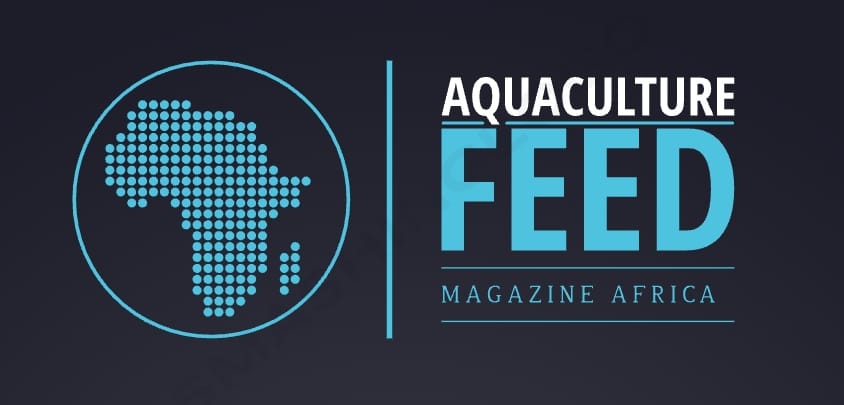AQUAFEED, FEEDING AND NUTRITION IN AQUACULTURE
According to FAO (2022), aquaculture is the fastest growing agri-food sector in recent decades, meeting the growing demand for aquatic food, as it accounts for about half of fish production. In Africa, the fisheries and aquaculture sector employs over 10 million people. In many countries on the continent, fishing activity is threatened by declining resources, destructive fishing practices, deteriorating ecosystems and conflicts between different fisheries. In this context, aquaculture is an alternative to meet the growing demand for fish products.
The growth of fish and shrimp aquaculture over the years has stimulated the growth of aquaculture feed production in both semi-intensive and intensive systems, and nutrition plays a very important role in the sustainable development of this production system. Fish feeds are formulated to balance the nutritional compounds required for the rearing of fish species. 60 to 70% of the operational cost of aquaculture is due to feed. Fish require essential nutrients such as amino acids, fatty acids, vitamins, minerals and energy macronutrients (proteins, lipids and carbohydrates).
Currently, the main objective of aquaculture nutrition is to achieve balanced rations that do not include or significantly reduce the use of marine meals and oils. These raw materials have been widely used in aquaculture feeds for a long time, due to their unique and optimal content of amino and fatty acids, high digestibility and high energy concentration. Due to the increasing price of marine meals and oils and their limited availability, the main lines of research in recent years have focused on the search for alternative feedstocks, even if, at present, their total substitution is not yet possible without compromising the yields of animal production.
The long-term sustainability of aquaculture is therefore questioned, as the use of fishmeal in feed production becomes economically unjustifiable, which will undoubtedly affect the growth and profitability of the sector. Therefore, the identification and development of alternative feed ingredients to fishmeal is recognised internationally as a research priority to ensure sustainable growth in aquaculture production. It is therefore imperative to develop sustainable alternatives for feed production. The use of alternative feed ingredients aims to reduce dependence on scarce, expensive and unsustainable ingredients, and thus maximise profits.
On the other hand, although the pathologies associated with vitamin deficiencies in fish are well known, the vitamin requirements of aquatic animals are probably the least studied but no less important area of aquaculture nutrition. Minerals and vitamins present in raw materials are not always in sufficient quantity to meet the needs of fish, so some of these micronutrients have to be added during the feed manufacturing process.
The digestibility of nutrients in fish feeds plays a key role in aquaculture production and its environmental impacts through reduced nitrogen and phosphorus emissions. Increased demands for profitability and environmental legislation will require aquaculture production to improve feed conversion by reducing nutrient excretion into increasingly limited waters. Strategies to achieve this goal include: reducing protein levels in diets by focusing on amino acid formulation; using exogenous enzymes that improve digestibility of raw materials; using additives that promote gastrointestinal health; and adding specific ingredients that are highly absorbed and used by the animal.
Today, aquaculture nutrition is the area of animal nutrition with the most promising future and the longest way to go.

